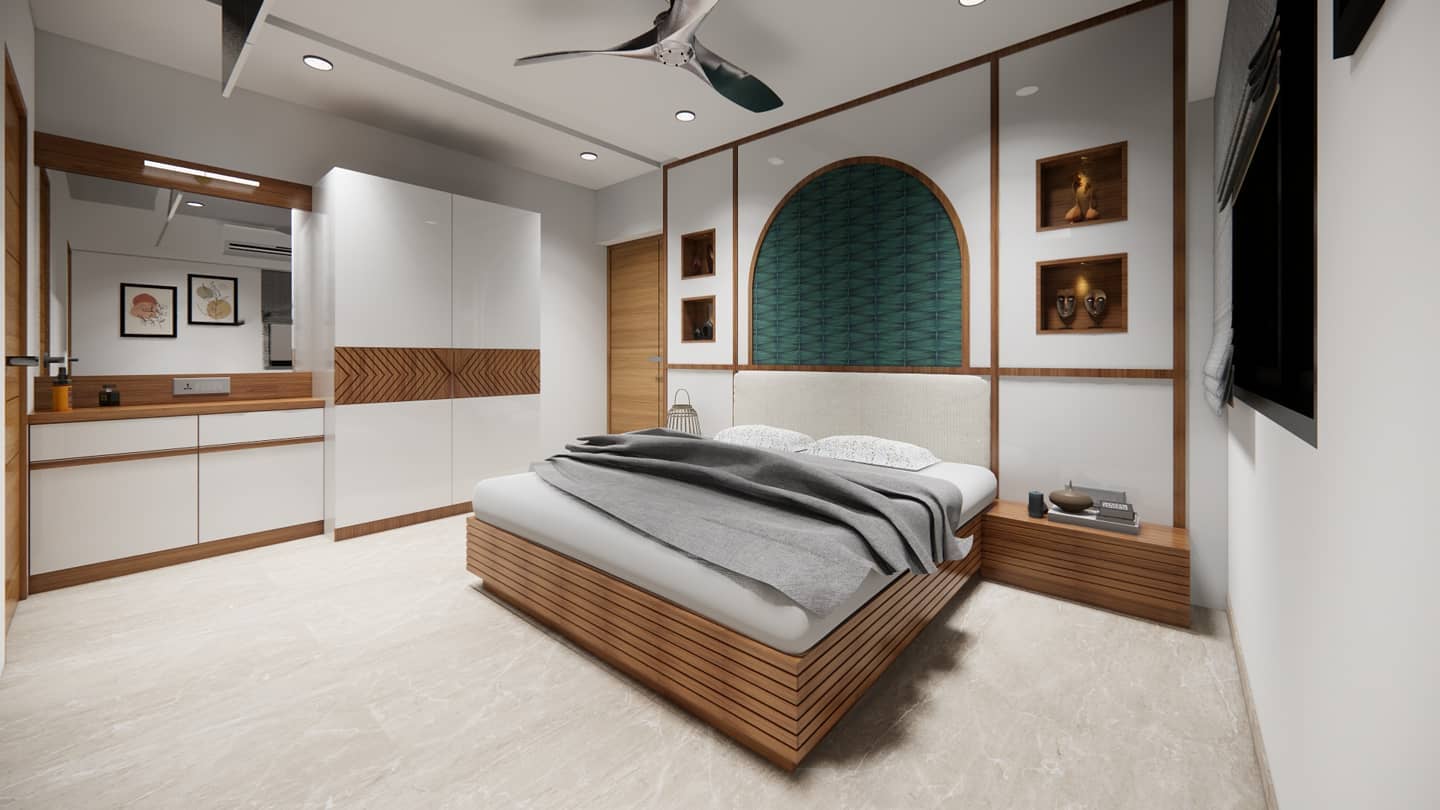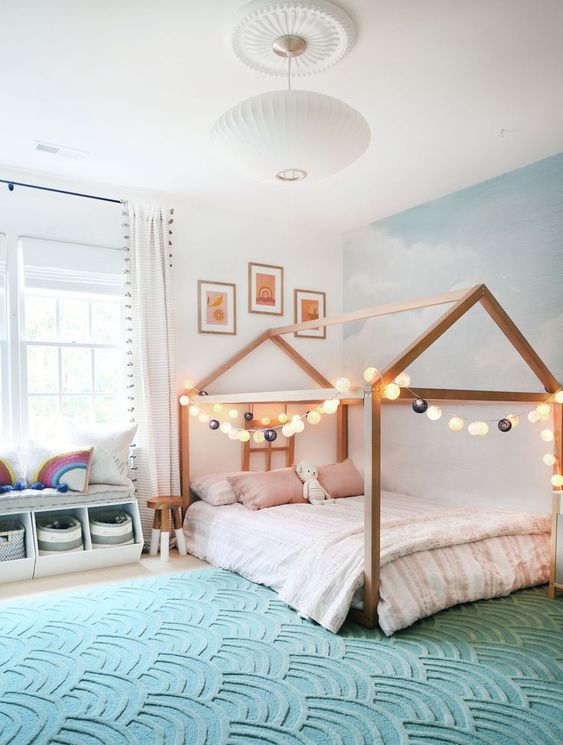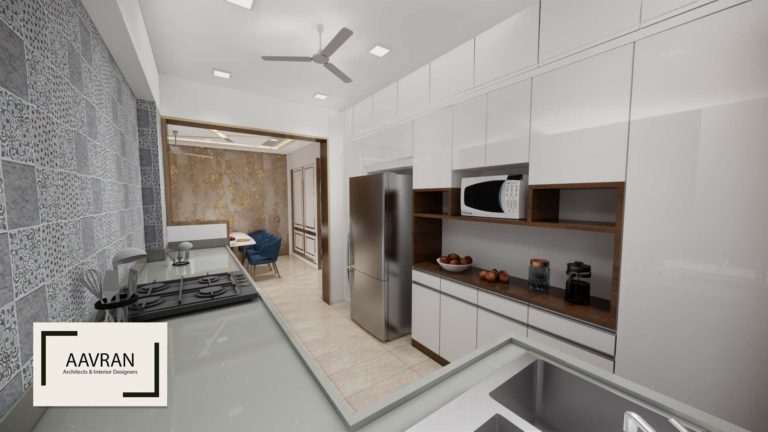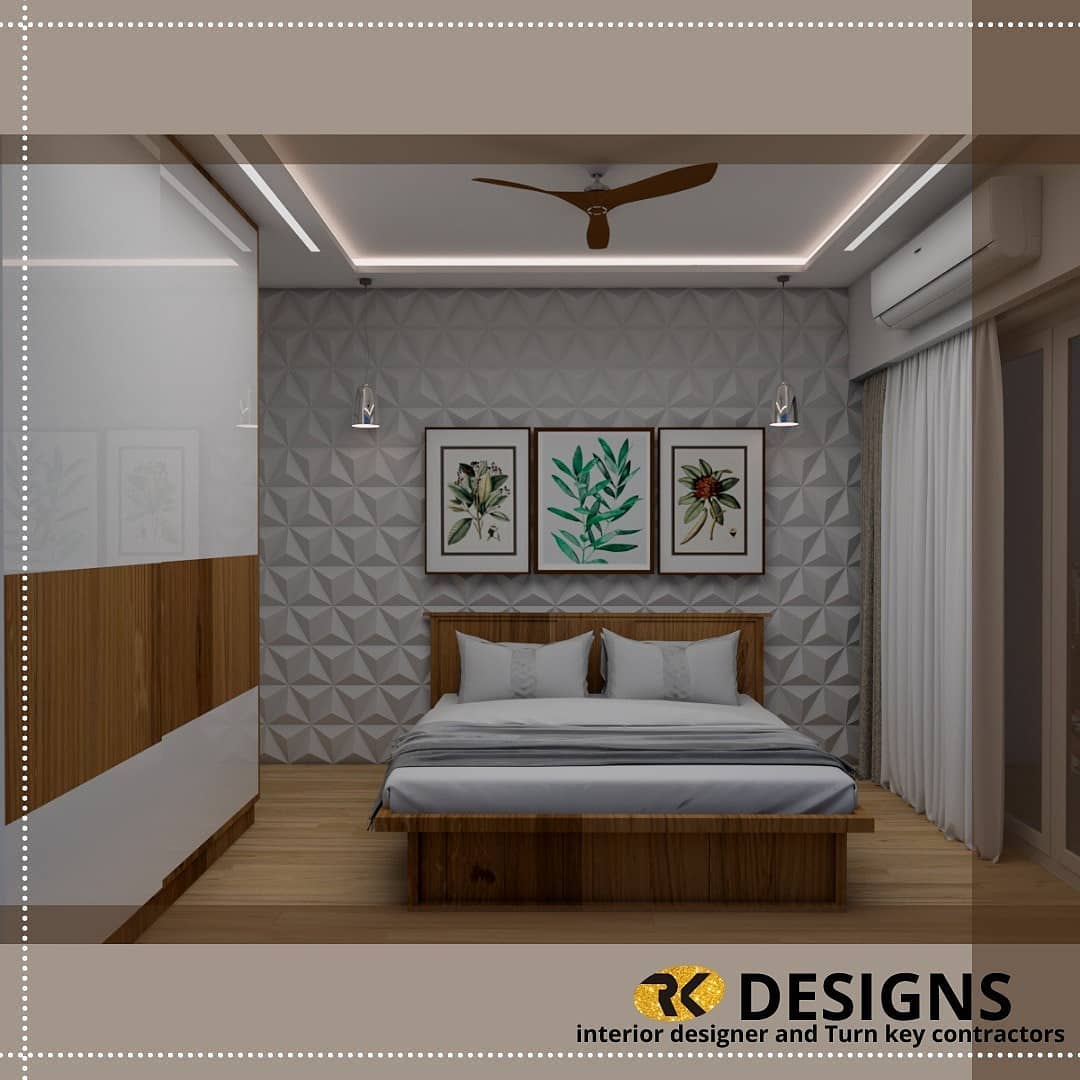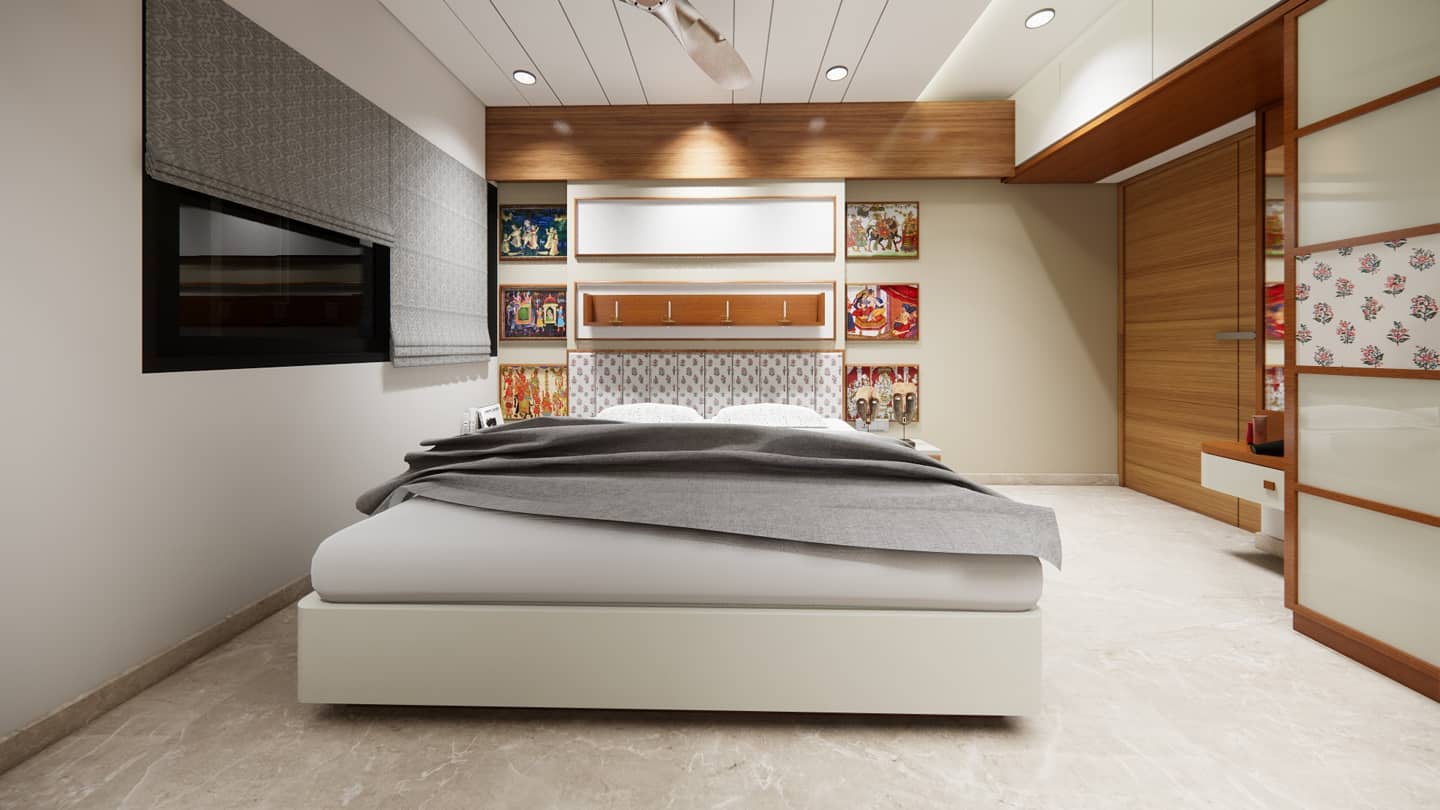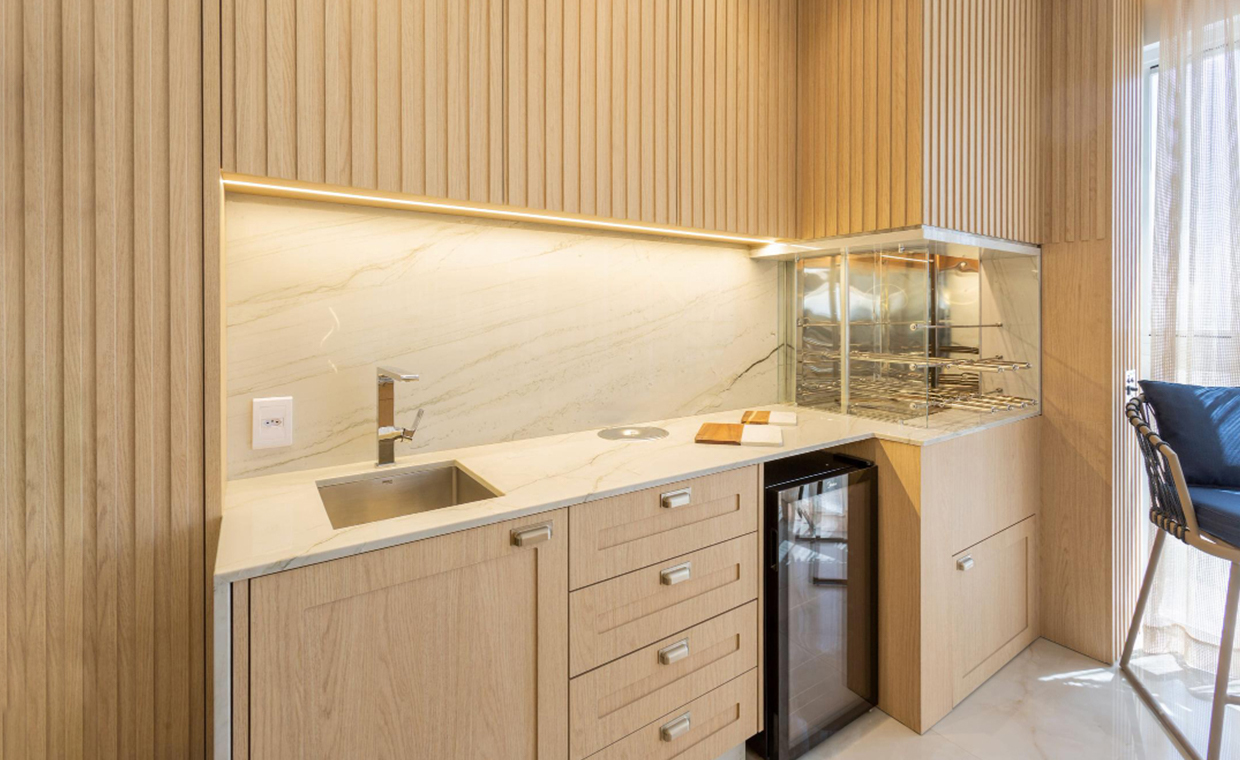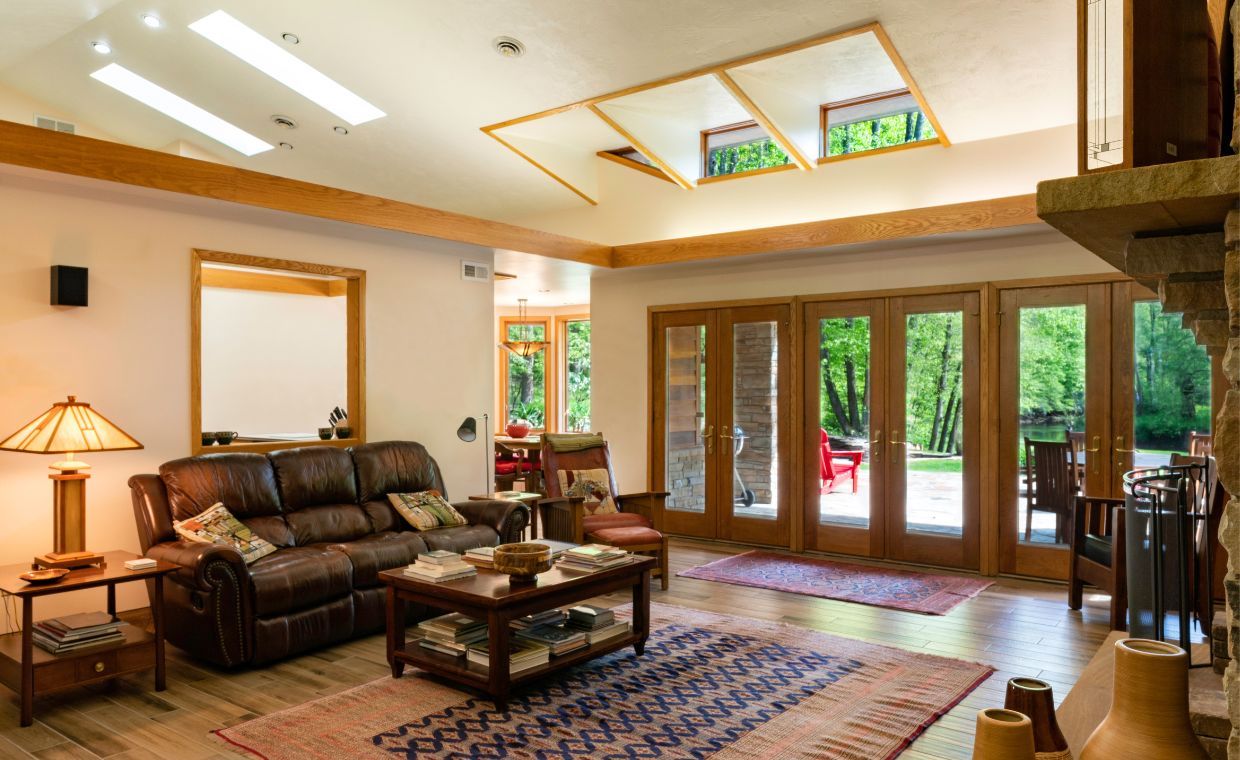
Table of Contents
The dining room is where family members or guests sit together and enjoy breakfast, lunch and dinner or even a casual conversation. It naturally brings the family together at specific times. Generally, it is accessible from the living room,kitchen and bedroom. The dining room should be designed to create a comfortable atmosphere, extending a relaxing and enjoyable dining experience for everyone in the family.

Dining Room Activity Involves
Setting up the dining table,
Serving Food, Eating,
Cleaning-up after Meals,
Storing Cutlery and Crockery, etc.
In addition, the dining room area is also used for other activities, such as a children’s play area, a study and homework space, entertainment, sewing, watching TV, ironing clothes, or simply as a communication space between the living room and the rest of the house. Like the kitchen, a well-designed and well-maintained dining room can transform a “house” into a “home.”

As we all know, the dining room is primarily used for having meals. Naturally, the dining furniture in your dining room area will include:
Dining Table–The size of the dining table varies according to the room size and the number of persons to be seated.
Dining Chairs–The number of chairs depends on the number of family members and guests using them at a time.
Serving Table–Placed between the dining and kitchen areas for serving meals.
Storage Cabinet–Used for storing cutlery, crockery, and other items, depending on your lifestyle and culture.

Enjoying a meal with family and friends is an important part of our lives, bringing joy and happiness. Consider the following criteria for dining room design to ensure your mealtimes take place in a well-designed space.
Criteria For Dining Room Furniture
1. Seating Capacity for Breakfast, Lunch, and Dinner
Set the dining room according to the number of people in your house. If you have a family of four, you will need at least a four-seater dining room table. Additionally, if you frequently host guests, a six-seater arrangement in your dining room area would be advisable, provided your space allows it.

2. Dining Room Seating Arrangement
The arrangement of dining chairs depends on the shape of your dining table. They can be either arranged in a square, rectangle, oval or circular form. The arrangement of dining chairs should not obstruct the pass-through circulation area.
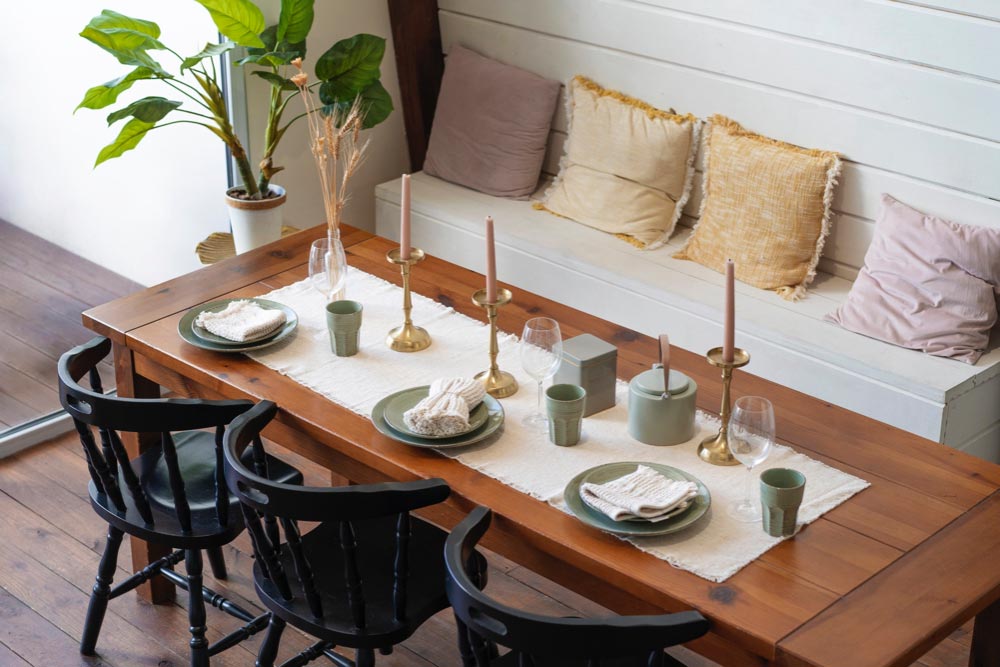
3. Space Used on Dining Table
Place settings are a crucial part of any dining room. Multiple utensils and extra glassware at each seat require additional space for each person.

The space required for each person at a dining table should be at least 30 inches (750 mm) to ensure comfortable seating. If your dining table is square or rectangular, an additional 18 inches (450 mm) of spacing is required at all corners.
4. Size / Type / Shape of Dining Furniture (Table-Chair)

Dining room tables and chairs come in various sizes and shapes to suit different space requirements. Standard dining tables and chairs come in combinations of two-seater, four-seater, six-seater, and eight-seater. You can also plan for custom-made seating arrangements, such as three-seaters, five-seaters, etc., as suggested by the interior designers.
5. Dining Chairs Comfort
Dining chairs should prioritise comfort without compromising on design. Look for padded or cushioned seats to ensure extended usability during meals or other activities. Backrests that align with the natural curve of the spine promote better posture, enhancing comfort. In homes with children, stain-resistant fabrics or easy-to-clean materials are practical choices. Ergonomically designed chairs, combined with appealing finishes and textures, create a cosy yet sophisticated setting, making the dining experience enjoyable for family members and guests alike.

6. Space Allowance for Dining Furniture (Table-Chair)
If your dining chairs have arms, the space between the table and the floor will determine whether the chair can easily slide under the table or not. Also, consider the clearance for crossing your legs underneath the table.

Once seated, the minimum and maximum depth of space required should be between 18-24 inches (450-600 mm), based on standard human anthropometrics.
Also Read: 10 Tips to Plan a Perfect Dining Room in Your House!
7. Space Around the Dining Furniture (Table-Chair) For Passage and Accessing
Try to leave at least 38 inches (1000 mm) clearance space between the wall/furniture and the edge of the dining table. This allows enough room for someone to walk behind the chairs while others are seated or to open a door of a nearby cabinet. If space permits, consider increasing the clearance to 48 inches (1200 mm) for more comfortable flow around the dining table. This will create a more proportionally sophisticated room!

8. Storage Space for Crockery, etc
The dining room must have space to store crockery units and display your beautiful dishes. If your dining room is small, consider creative ways to add storage using the walls. You can find beautiful wall-mount cabinets with glass doors, perfect for displaying your dishes, bowls, glasses, and other knickknacks!

9. Provision Of Wash Basin Near Dining Furniture

The reason for having a washbasin in the dining room is particularly important in Indian and African cultures, where people use their hands to eat food. Expecting guests to go into the kitchen to wash their hands before and after the meal is quite inconvenient!
We hope these basic guidelines help you start planning your dining room area. Feel free to share your creative design ideas and experiences.
10. Dining Table Materials and Finishes

The choice of dining table material and finish impacts both style and maintenance. Wooden tables offer timeless appeal and durability but require care. Glass tables create a modern, airy look, making them ideal for smaller rooms, though they need frequent cleaning. Metal and marble tables exude contemporary elegance but may feel cold unless balanced with soft décor elements. Finishes like matte, gloss, or textured surfaces allow for customisation, making the table both a functional and aesthetic centerpiece in the dining room.
Also Read: The Classic Ingredients that Make Traditional Dining Room
11. Decor and Accessories

Thoughtful decor and accessories can transform a dining room into a charming and functional space. Centerpieces like floral arrangements, candles, or decorative bowls add personality to the dining table. High-quality table linens, such as runners or placemats, bring a touch of elegance. Walls adorned with artwork or mirrors enhance visual interest and make the room feel more spacious. By integrating these elements, the dining room becomes a welcoming space that reflects your style while serving as a functional area for meals and gatherings.
Also Read: 4 Tips on How to Make Your Dining Room Look Luxurious
FAQs on Dining Room Design
1. What Are Some Innovative Storage Solutions for Compact Dining Rooms?
In small dining spaces, utilise wall-mounted cabinets or shelves to store crockery and decorative items. Foldable or extendable dining tables with built-in storage can save space and enhance functionality. Multifunctional furniture like benches with hidden storage is another creative option for tight spaces.
2. How Can Lighting Enhance the Ambiance of a Dining Room?
Lighting sets the mood for the dining area. A combination of a central pendant light over the table and layered lighting, such as wall sconces or recessed lights, works well. Dimmable lights allow for adjusting brightness, creating a cosy or formal atmosphere as needed.
3. What Are the Best Ways to Integrate Dining Spaces into Open-Plan Layouts?
To integrate dining areas in open-plan designs, use rugs to visually define the dining zone. Add cohesive furniture styles and colours that complement the adjoining living or kitchen areas. Placing the dining table near large windows or sliding doors enhances natural lighting and creates an inviting space.
4. What Are Sustainable and Eco-Friendly Options for Dining Furniture?
Opt for furniture made from reclaimed wood or bamboo, which are environmentally friendly and durable. Look for FSC-certified materials to ensure sustainable sourcing. Second-hand furniture, refinished or refurbished with non-toxic paints and finishes, is another sustainable option.
5. How Can Dining Rooms Be Designed for Multi-Functional Use?
For multi-functional dining rooms, choose adaptable furniture, such as extendable tables or stackable chairs. Incorporate built-in storage to keep the space clutter-free. Designate zones for secondary activities like studying or playing by adding a small desk or cushioned bench that doesn’t disrupt the dining setup.
Also Read: The Balance of Function and Form in Minimalist Dining Design






